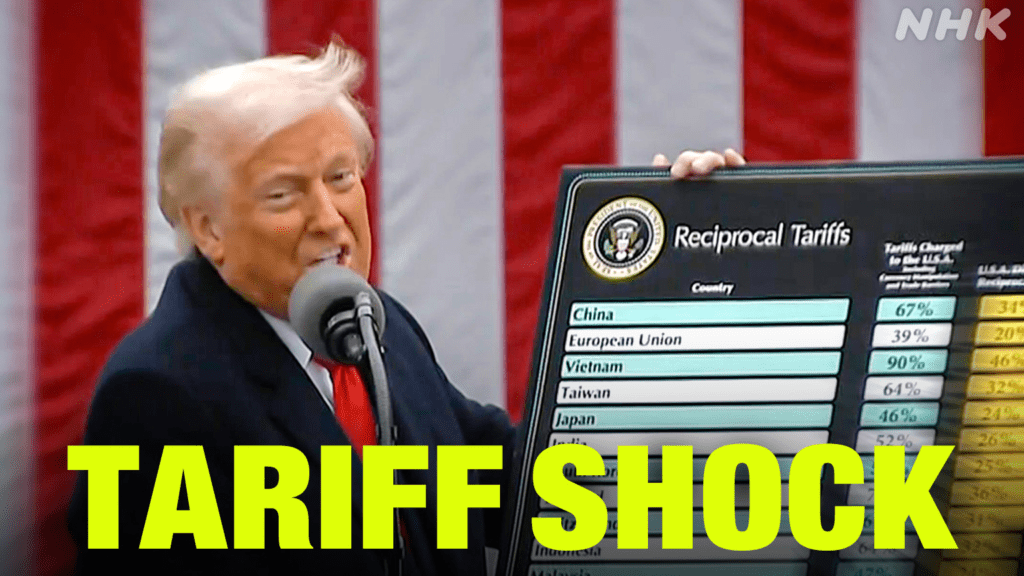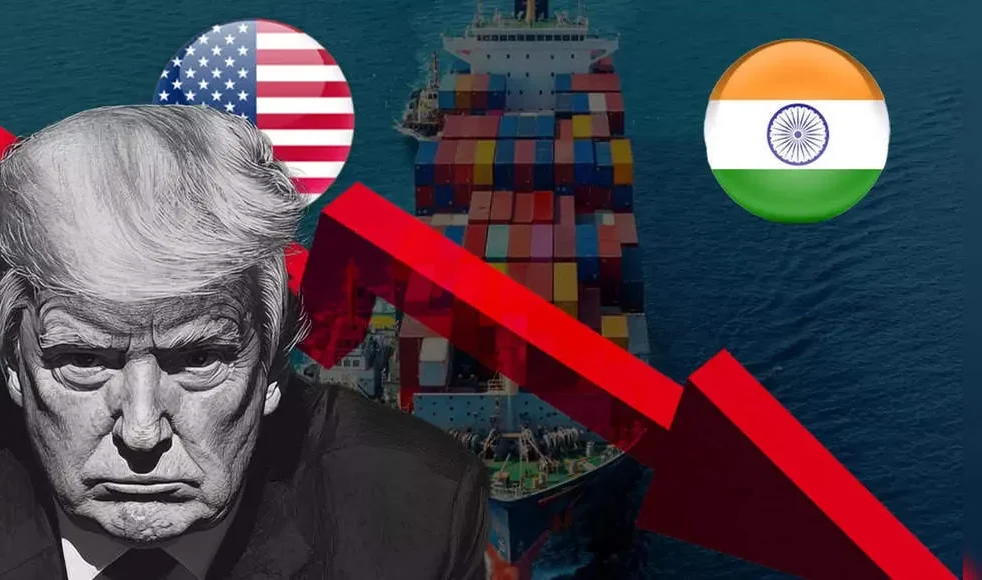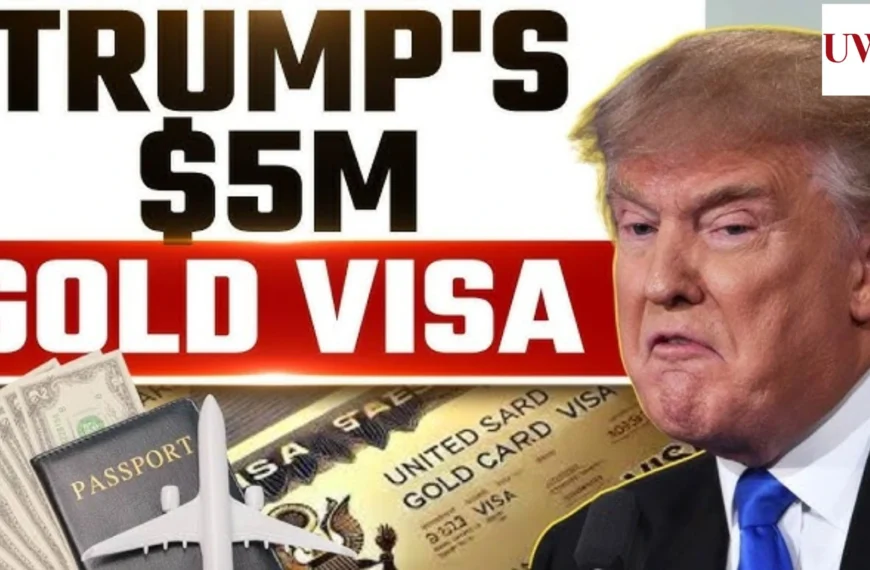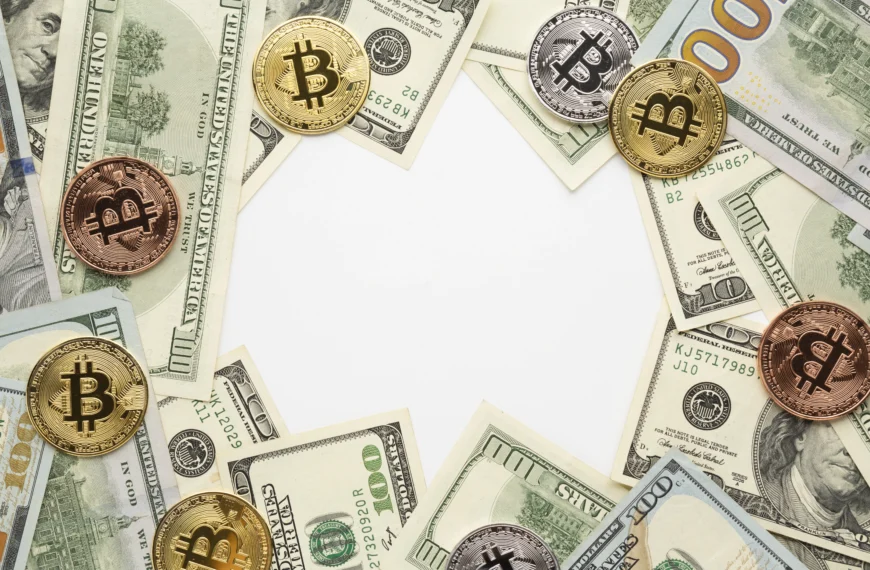Trump’s 26% Tariff: Why Is It Happening?
On April 2, 2025, President Donald Trump introduced a new wave of tariffs under the “Liberation Day” policy. This includes a 10% tariff on all imports, but some countries, including India, are facing higher rates—26% in this case. The U.S. government says these tariffs are meant to fix trade imbalances and boost American manufacturing by making foreign products more expensive.
Table of Contents
India’s Response: No Fight, Just Strategy
Unlike previous trade disputes where countries hit back with counter-tariffs, India is taking a different approach. Instead of retaliating, the Indian government is looking at ways to turn this situation into an opportunity. Recently, it reduced import duties on American goods like motorcycles and whiskey, signaling a more diplomatic approach. India’s bigger goal? Strengthening its trade ties with the U.S. and boosting exports—especially high-value products like Apple iPhones.
Who’s Winning, Who’s Losing?
The increased tariff is bad news for several Indian industries, particularly textiles, electronics, and auto parts, as these products will now be more expensive in the U.S. and could lose their competitive edge. On the other hand, India’s tariff cuts on American products mean U.S. companies could see a rise in sales. India is also considering lowering import duties on American farm products and natural gas, which could help smooth over trade talks.
Can India and the U.S. Strike a Deal?
Despite the tariff hike, both countries are still in talks to work out a fair trade deal. India is showing flexibility by reducing some tariffs and proposing more energy imports from the U.S. If negotiations go well, it could help both sides find common ground and create a more balanced trade relationship.

Why Is the U.S. Worried About India’s Trade Policies?
One of the major concerns the U.S. has with India is its complicated import rules. American businesses argue that these regulations create unnecessary hurdles, making it difficult for them to sell products in India. The U.S. wants clearer guidelines and faster approvals to ensure easier market access. This issue remains a key part of ongoing trade discussions.
India’s Tariff Cuts: Smart Move or Risky Bet?
By reducing import duties on U.S. products, India is showing it wants to maintain good relations. But this decision comes with risks—local industries might not be happy about cheaper foreign goods entering the market. Still, this move could help India secure better trade terms in the long run, making it a calculated risk.
What’s Next for India-U.S. Trade Relations?
Right now, everything depends on how negotiations play out. India’s decision to avoid retaliation and focus on diplomatic solutions is a smart play, but things could change if talks don’t go as planned. The coming months will be crucial in shaping the future of trade between the two nations.














